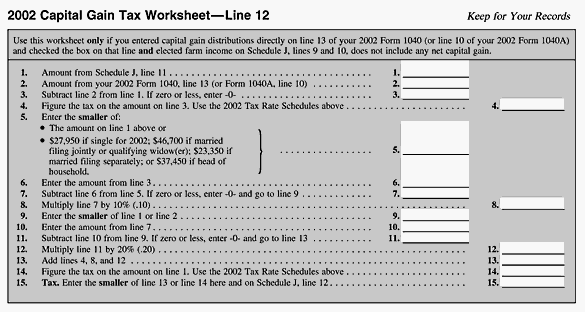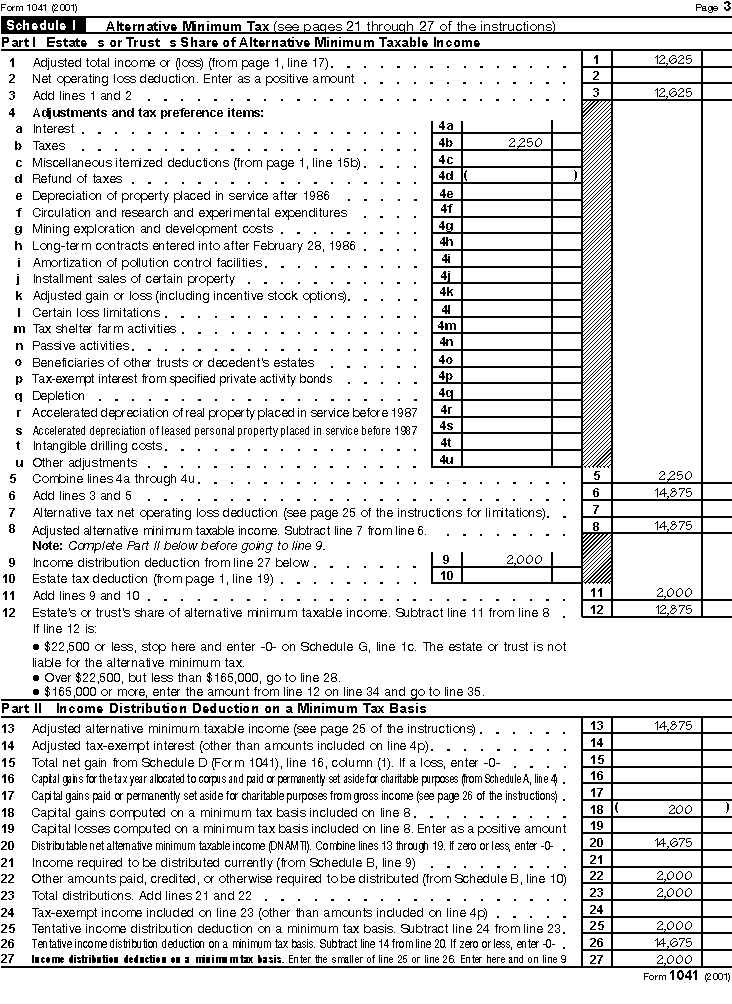Tax Form 8949 Instructions for Reporting Capital Gains Losses
Post on: 21 Апрель, 2015 No Comment

In an effort to help make filing taxes easier this year, we are breaking down the various IRS tax forms to help you know if you need them, and how to use them.
If you have capital gains or losses to report on your taxes, youll want to make sure youre aware of a process change the IRS made a few years back. Instead of totaling up your transactions on Schedule D, you are required to list them out on Form 8949 .
Its a bit complicated to get started, but once youre organized, youll be able to fill out the Form 8949 and Schedule D very quickly.
Learn more about Form 8949 and the changes in how you report capital gains and losses on the your taxes below.
What Are Capital Gains and Losses?
When you sell a capital asset (which is pretty much anything you own including your possessions, stocks, collectibles, and vehicles), you generate a capital gain if you make money on the transaction, and a capital loss if you lose money on the transaction.
The IRS requires you to report the income from all capital gains so that you can pay the proper amount of income tax, but will also allow you to take a tax deduction on certain types of capital losses. For example, you can claim a capital loss if you lose money on the sale of stocks, but you cannot claim a capital loss if you lose money on the sale of your personal residence.
Capital gains and losses come in two varieties short-term and long-term. Short term refers to something you owned less than a year, and long-term refers to something you owned for one year or more. If you own a painting for less than a year and sell it for less than you bought it for, that would be a short-term capital loss. If you own a share of stock for more than a year, and sell it for more than you bought it for, that would be a long-term capital gain.
New Basis Reporting Forms
The IRS is recruiting your broker to help you out when youre calculating your gain or loss. If youve sold stocks, bonds, mutual funds, or other items through a broker, the broker may report the price you paid for the item (known as the basis) on your 1099-B form.
However, you may also receive a 1099-B without the basis reported on it. In this case, youll need to check your own records to determine the proper basis amount. You use the basis to determine how much of the final selling price is a gain or a loss. On Form 8949, youll be asked to group your items by whether the broker reported the basis or not. If the basis is reported for some transactions, but not for others, you may end up filing several 8949 forms.
Reporting Capital Gains & Losses on Form 8949
The actual information youll report on Form 8949 isnt complicated, but organizing what page youll put it on might be. Before filling out the forms, make a list of all your gains and losses. Then, determine if you have a 1099-B for each of the transactions. Next, divide your transactions into six separate groups as shown below.
Page One:
- Short-term transactions reported on a 1099-B, where the basis was reported to the IRS
- Short-term transactions reported on a 1099-B, where the basis was not reported to the IRS
- Short-term transactions that dont have a 1099-B

Page Two:
- Long-term transactions reported on a 1099-B, where the basis was reported to the IRS
- Long-term transactions reported on a 1099-B, where the basis was not reported to the IRS
- Long-term transactions that dont have a 1099-B
On page one of Form 8949, you report short-term transactions, and on page two, you report long-term transactions. However, you must fill out a separate Form 8949 for transactions that would be reported on the same page, but do not fall in the same category.
For example, if you received 1099-B forms for three short-term transactions, but the basis was not reported to the IRS on one, you must fill out a separate Form 8949 for the transaction in which the basis was not reported. If you have a number of capital gains or losses to report, you could easily end up filing multiple forms. For this reason, its imperative to be organized before you start.
Information You Need for Each Transaction
Once youve sorted your transactions, you can begin completing the form. Each transaction requires several specific pieces of information:
- Date Acquired. This is the date that you purchased or were given the property.
- Date Sold. This is the date that you sold the property.
- Sales Price. This is the amount that you sold the property for. If your broker reported the sales price to the IRS (on your 1099-B) with commissions or other fees already subtracted, report that price.
- Cost or Other Basis. This is the amount that you paid for the property plus any commissions or other fees. If you received the property as a gift, your basis is what the previous owner paid for it. If you received it as an inheritance, its basis is its value on the day the previous owner passed away.
If anything more exciting than a simple purchase and sale happened with the property, you may also need to mark the transaction with a special code. For example, a code would be required if the basis was reported incorrectly on the 1099-B you received. Check the Schedule D instructions on page D-10 for more information.
Most transactions wont need any code. After you have completed a Form 8949 for each group, youll complete Schedule D with the information from the forms to arrive at a total gain or loss for each group. From there you will determine the total gain or loss from short-term transactions and long-term transactions and ultimately adjust your income accordingly.
Final Word
While Form 8949 may look complicated, itll be a lot quicker to complete with the new IRS rules requiring your broker to help you out. Keeping good records from the start will make it easier to complete as well. And make sure that every 1099-B you receive matches up to transactions on your Form 8949 to avoid any hassles. Once youre finished, itll be a snap to complete your schedule D.














